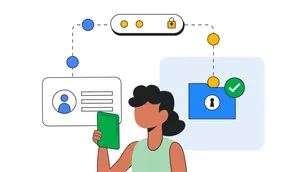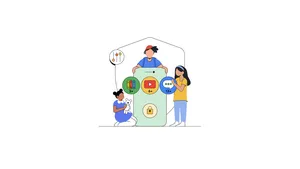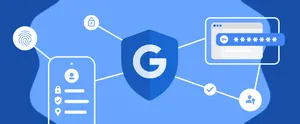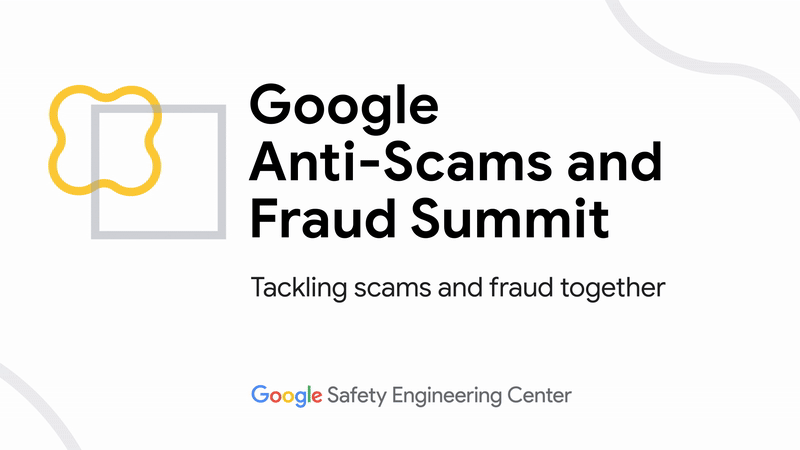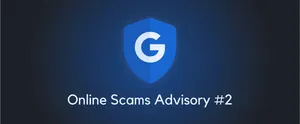5 tips to continue having a safe and positive experience with ads
We know that online scams are a growing concern for people everywhere. Some have experienced scams via phone calls, social media sites and even in text messages. Bad actors use online advertising to cause harm as well. We’re committed to keeping you safe online by building products that are secure by default, private by design and put you in control. This promise extends to your online ad experience, which is why we're committed to blocking or removing bad advertisements.
Yesterday, we released our annual Ads Safety Report which outlines all of the actions we took over the past year to create a safe ads experience including launching or updating 29 advertiser and publisher policies, removing over 5.2 billion ads, and suspending over 6.7 million advertiser accounts.
Though it’s our job to do everything we can to block bad ads, sometimes bad actors can temporarily evade our detection. In these circumstances, there are things you can do to help keep yourself safe online. Below are a few tips and tools.
1. Report a bad ad
If you see an ad on our platform that you think might harm users, report it. You can easily report an ad if you believe it violates one of our policies. When an ad is reported, a member of our team reviews it for compliance with our policies and will take it down if appropriate — in some instances we’ll suspend the advertiser’s account. Creating a safe experience is a top priority for us, and user feedback is an important part of how we do that.
You have the ability to quickly report an ad directly from the ads themselves with My Ad Center
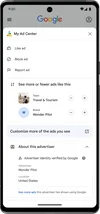
2. Learn more about the ads you see and the advertisers behind them
We have tools that can help you learn more about the ads you see and the advertiser placing them. By clicking on the three dots that appear next to an ad on Search, YouTube, and Discover you can visit My Ad Center which includes basic information about the advertiser, including whether or not they are a verified advertiser. My Ad Center allows you to block sensitive ads and learn more about the information used to personalize your ad experience. You can also opt to see fewer ads in sensitive categories such as alcohol, dating, gambling, pregnancy and parenting, and weight loss.
To give you even more transparency over the ads you see and why, yesterday we announced the launch of the Ads Transparency Center, a searchable hub of all ads served from verified advertisers where you can see the ads an advertiser has run, the formats of those ads, and more.
3. Spot malicious behavior and double check URLs
Google blocks over 100 million phishing attempts every day, but sometimes malicious behavior may temporarily evade our systems. Some bad actors may pretend to be a brand you know or were searching for, but be careful to check the domain names, especially when logging in, placing a phone call to a promoted number, or providing financial information. We recently started adding site names to search results and ads, so you can more easily identify the website that’s associated with each result at a glance. You should always be wary if someone is urgently requesting you to do something like send money, provide personal information or click on a link. Chances are, it could be a scam.
4. Take additional steps to secure your online accounts
Using strong, unique passwords for your online accounts is critical to keeping your personal information safe. Google Password Manager makes this easy by helping you create, securely save, and fill in strong passwords for the sites and apps you use every day. Google Password Manager will also let you know if your credentials have been compromised by a breach, and refrain from entering them into malicious websites.
5. Enroll in 2-Step Verification (2SV)
While we’re working toward a passwordless future, for now, passwords are still the norm. That’s why we encourage everyone to take steps to strengthen their online accounts, like enrolling in 2-Step Verification (2SV). 2SV adds an extra layer of protection to your online accounts by requiring you to not only enter your password, but an additional piece of information as well. This way, if your password is stolen, a bad actor still needs more information to gain access to your account.
We’ll continue to do everything we can to catch and prevent bad actors on our platforms. And with these tips and tools, together we can ensure everyone has a safe online ads experience. To learn about more ways we’re making every day Safer with Google, visit our Safety Center.

